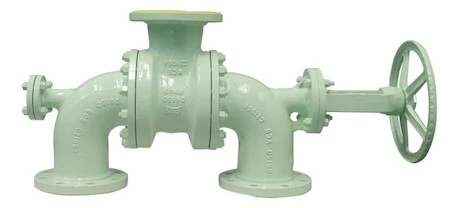
Characteristics and working principles of the changeover valves
Valve Bodies: The outer casing of a changeover valve is typically made of metal or other corrosion-resistant materials, which can withstand high pressure and high temperature.
Valve Cores: The moving part is located inside the valve body, responsible for altering the direction of fluid flow by controlling the movement of the valve core. The design of the valve core depends on the type and purpose of the valve.
Operating Mechanisms: A device used to control the movement of the valve core, which can be a manually operated handle, an electric motor, a hydraulic cylinder, or a pneumatic component, and chosen based on requirements for specific applications.
Fluid Control: A changeover valve enables the fluid to be directed into different pipelines or components by altering the position of the valve core. This is crucial for fluid control, flow redirection, and pressure regulation in hydraulic systems.
Applications: Changeover valves are widely used in industrial automation, hydraulic machinery, aerospace, energy systems, and other fields. They play a crucial control role in these systems, ensuring that fluids can flow in the desired direction and at the required speed, thereby facilitating the normal operation of the systems.
Overall, the changeover valve is a critical type of fluid control device, and its design and selection depend on specific applications and requirements. In hydraulic and pneumatic systems, the precise control capability of changeover valves is crucial for ensuring the normal operation of the systems, improving efficiency and enhancing safety.
